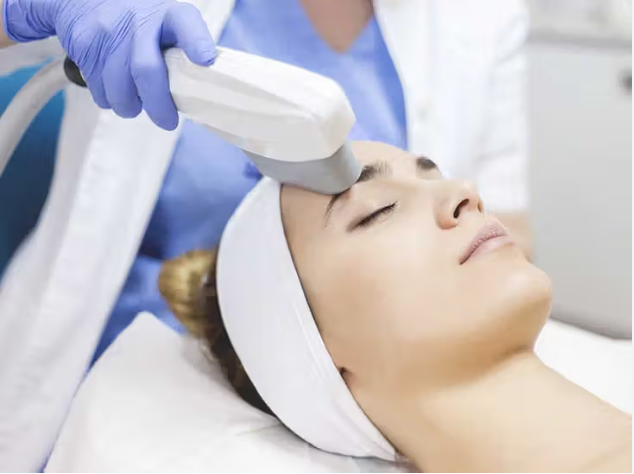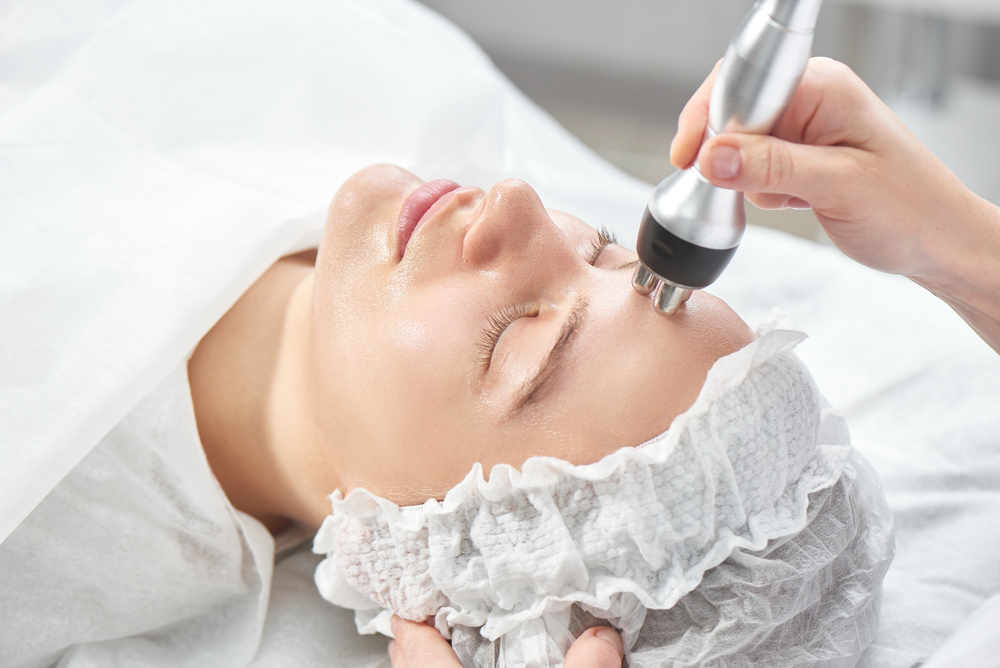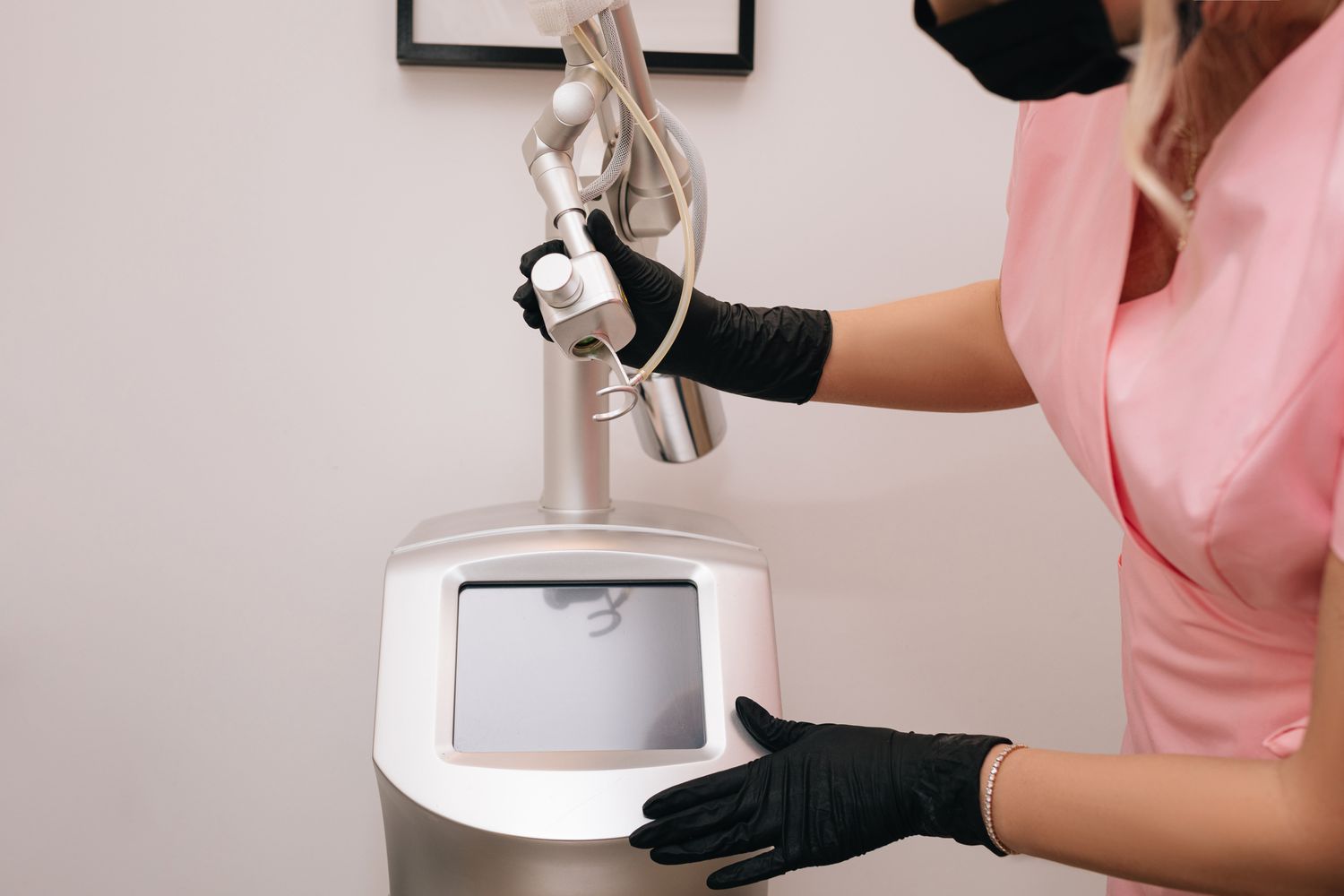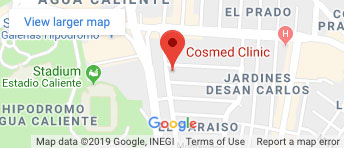What Are IPL Photofacial Treatments and Who Should Consider Them?
Photofacial, also known as Intense Pulsed Light (IPL) therapy, is a non-invasive skincare treatment that uses high-intensity light pulses to penetrate deep into the skin. This technology is primarily used to target and improve a variety of skin concerns. Unlike laser treatments that use a single wavelength of light, IPL employs multiple wavelengths, allowing it to treat different layers of skin simultaneously. This versatile procedure can address issues ranging from sun damage and freckles to rosacea and age spots, all without significant downtime.
As stated by Dr. De la Fuente “When we do these type of treatments we put a clear gel on the skin in order to help the light of the IPL to be better transmitted to the skin, it feels like a rubber band snapping sensation which is pretty tolerable, the skin is going to become slightly red, like a mild sunburn the first 24-48 hours and if there’s brown spots they’re going to turn darker and may become ashy for about 7 to 10 days which is completely normal and expected.“
Benefits of IPL Treatment
The benefits of undergoing an IPL treatment are wide, making it a popular choice for people looking to rejuvenate their skin. Here are some of the key advantages:
Skin Tone Correction: IPL effectively reduces the appearance of hyperpigmentation, sun spots, and freckles, resulting in a more even skin tone.
Better Skin Texture: By stimulating collagen production, IPL treatments can reduce the appearance of fine lines and wrinkles, leading to smoother skin.
Reduced Redness: Those with rosacea or other forms of skin redness can see significant improvements as IPL helps to reduce the visibility of broken capillaries.
Acne Management: IPL can reduce both redness and the size of large pores, and it can also treat the inflammation associated with acne.
Minimal Downtime: One of the most appealing aspects of IPL therapy is its non-invasive nature, allowing patients to return to their daily routines immediately after treatment.
“IPL or Photofacial is technically not a laser, it’s a type of light device that is going to produce a lot of different wavelengths, it’s what we call polychromatic and all of these wavelengths are really helpful because we can treat different type of problems on the skin like brown spots, pigmentation, broken capillaries, redness and we can also do hair removal because of the absorption of these type of lights, basically we recommend to do a series of at least three sessions, one month apart.” mentions Dr. De la Fuente.
Who is Photofacial (IPL) For?
IPL is a versatile treatment suitable for a wide range of people, but it is most effective and safest on lighter skin tones. This is due to the technology’s use of multiple wavelengths that target pigment, making it potentially risky for darker skin tones because of the higher chance of changing the pigment in the skin.
Sex and Age: IPL is suitable for both men and women and is popular among adults of any age looking to correct skin discoloration, reduce signs of aging, or treat light acne scarring.
Skin Type and Tone: Ideal candidates are those with light to medium skin tones who have concerns about redness, brown spots, and early aging signs.
Skin Problems: IPL is especially beneficial for people with sun-damaged skin, rosacea, hyperpigmentation, light wrinkles, and large pores.
It is important for potential candidates to consult with a dermatologist or skincare professional to ensure that IPL is the right choice for their skin type and concerns. A professional can provide a thorough skin assessment and recommend the most appropriate treatment to achieve desired results safely.




